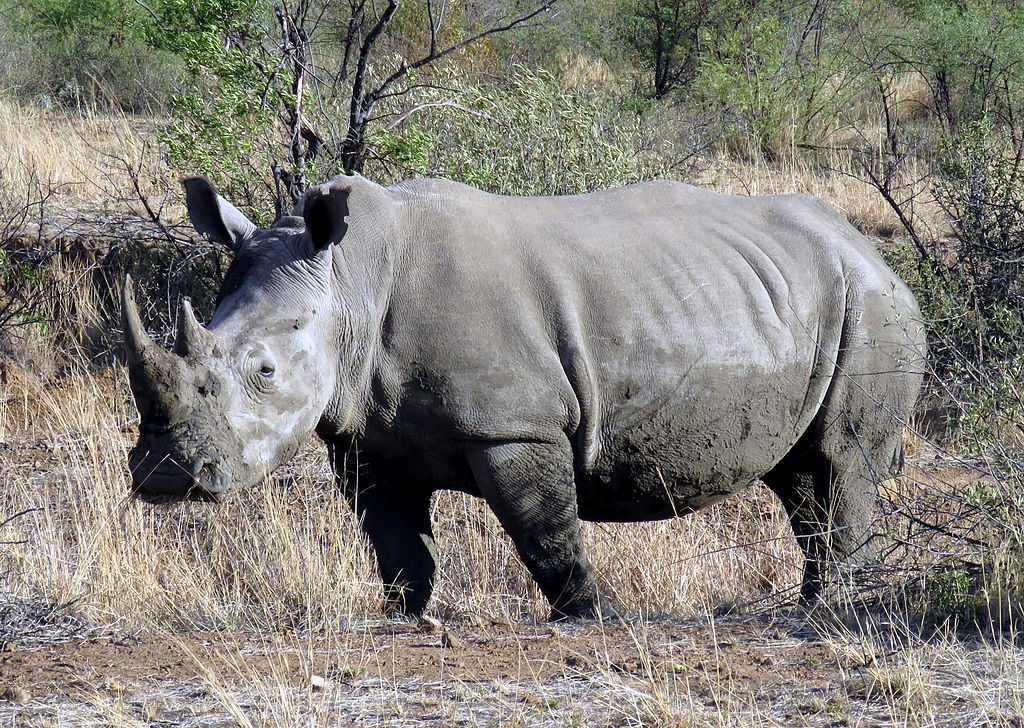The Rhino Guards


There are about five different species of rhinoceroses in the world, but when you think of rhinos, you’re probably picturing the animal pictured above. That’s the white rhinoceroses, and specifically the southern white rhino. It’s the most common type still around, numbering about 20,000 in the wild. While the southern white rhino is at risk from poachers who are after their horns, their numbers are great enough where they aren’t considered to be under threat of extinction.
The same can’t be said for the other subspecies of white rhinoceros, the northern white rhino. There aren’t 20,000 of them. There are only three.
And understandably, they’re being protected — but not only in the way you think.
The three rhinos — two females, named Nain and Fatu; and a male, named Sudan — belong to a zoo in the Czech Republic but live at the Ol Pejeta Conservancy in central Kenya. Those entrusted with their care have sawed off the rhinos’ horns, in part to protect the animals from accidentally gouging each other, and in part to disincentivize would-be poachers. But that’s not all, as seen below:

Those aren’t poachers — in fact, the opposite is true. Those are security guards. CNN explains:
Sudan and his female companions live at the conservancy, where experts are scrambling to ensure the subspecies does not go extinct. The animals are under 24-hour protection by armed guards. Rhinos are targeted by poachers, fueled by the belief in Asia that their horns cure various ailments. Experts say the rhino horn is becoming more lucrative than drugs.
The efforts to protect the rhinos won’t be enough to keep the subspecies from falling into extinction, though. As the Conservatory’s website notes, “neither of the females are capable of natural reproduction.” Efforts are underway to find other ways to keep the species alive — the Conservatory states that the researchers are exploring IVF and stem cell research — and Tinder (yes, the dating app) is using its platform to help raise funds in furtherance of that work. So while the armed guards’ work may ultimately be for naught, there is still hope.
Bonus fact: There’s a company out there trying to make synthetic rhino horns. Why? As Nat Geo reports, the company behind that innovation “hopes synthetic horn—priced at about one-eighth that of the reported $60,000-a-kilogram that genuine horn commands—will flood the market. Prices for the real thing would fall, goes the argument, curbing the economic incentive for poachers—and helping save rhinos in Africa.”
From the Archives: Why Dyeing Rhinos May Keep Them From Dying: Another creative way to keep poachers away.
Related: “The Rhino Who Swallowed a Storm,” a book for kids age 5 to 7. I don’t know if it’s any good (the 4.6 stars on 104 reviews suggests it is), but it’s by LeVar Burton, so it has to be at least decent, right?
